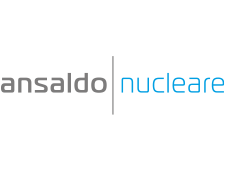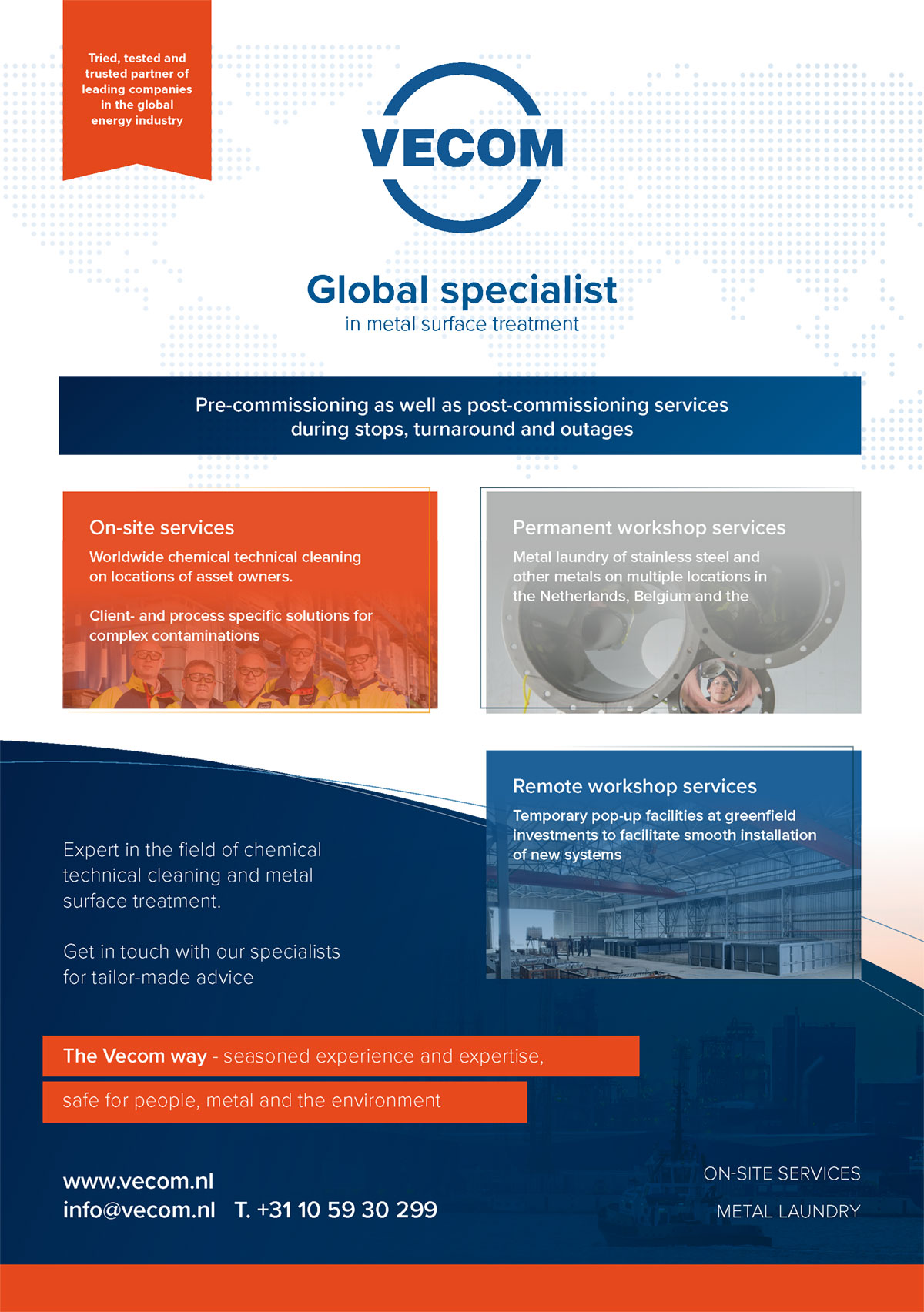EDF
Carbon Free Energy Expertise Unrivalled at EDF
Across the board, EDF is supporting Net Zero ambitions in the UK. From rolling out PPAs in wind energy, to helping secure battery storage and using hydrogen for innovative new purposes, the company is highly ambitious. At the much-heralded Hinkley Point C nuclear power plant site, EDF is reinforcing its expertise in carbon free power generation, benefiting the community at the same time.
Images © EDF
As the large energy players around Europe scramble to reduce emissions and overhaul the energy mix to satisfy demand from consumers, clients, and governments, the important thing to realise is that financial element is now adding up. No longer an experiment, renewable energy is here to stay because it powers lives without heavy carbon emissions and it generates returns for investors.
In 2023, investment into clean energy is set to reach $1.7 trillion globally, with solar expected to outpace oil production for the first time. “Clean energy is moving fast – faster than many people realise. This is clear in the investment trends, where clean technologies are pulling away from fossil fuels,” said IEA Executive Director Fatih Birol.
When combined with nuclear, an energy mix made up of renewables makes for a robust system and countries including Finland and Sweden have been praised for their efforts to remove coal and oil, which have been largely successful, reducing harmful emissions dramatically.
But in the UK, coal, oil, natural gas sill make up the bulk of supply. EDF Energy is working hard to be part of the solution, installing a major nuclear power plant in Somerset, and participating in several renewable projects.
RENEWABLE ENERGY
In August, EDF signed an offtake agreement with North Kyle onshore windfarm in East Ayrshire. The arrangement sees EDF utilising 100% of the 630GWh clean energy to supply around 217,000 homes. Currently under construction, the project is expected to come online in early 2025 and cements EDF’s position as the largest offtaker of renewables in the UK.
“It’s great to be definitively helping Britain achieve Net Zero through this PPA agreement, which will bring new renewables onto our grid via this new onshore wind farm in Scotland. We are delighted to be offtaking 100% of the renewable wind power from North Kyle, demonstrating EDF’s expertise in offering all types of PPA. Particularly in this case with a project that received a CfD, and our commitment to supporting new renewable projects,” said Head of PPA at EDF, Tom Abbott.
In the same month, Gore Street Energy – a diversified fund dedicated to energy transition through energy storage – selected EDF as a partner to rollout its new 80MW battery storage project. Located in Milton Keynes, the battery energy storage system (BESS) required route to market services, which EDF already supplied at two other sites. EDF’s Powershift platform was the obvious choice for Gore Street Energy, providing access to a variety of revenue streams including the Balancing Mechanism, wholesale optimisation and ancillary services.
“We are very pleased that Gore Street Energy Storage Fund has once again chosen EDF as its trading and optimisation partner and we are committed to continuing to strengthen our relationship into the future. This partnership will provide essential flexibility to the energy system and reinforces EDF’s commitment to helping Britain achieve net zero,” said Director of Wholesale Market Service Commercial, Stuart Fenner.
NUCLEAR POWER
The big EDF focus in the UK is the Hinkley Point C nuclear power plant. Set to come online in summer 2027, the largest construction project in Europe is set to provide power to six million households. 22,000 people work on the project, and £24 million has been ploughed into education, skills and employment. Nine million tonnes of CO2 will be avoided each year, and, as such, Labour leader Sir Keir Starmer to state: “Nuclear will be part of the energy mix as we forward. It will be nuclear – and new nuclear – and renewables. Locked up in that is cheaper bills, independence so that Putin can’t put his foot on our throat ever again, lower cost, and skills and jobs of the future, and I’ve had lots of questions from staff about delivery of this project.”
In February, the first new reactor for the site made its way to Somerset. The reactor will create the steam required to turn the world’s largest turbines. At 13m long, weighing 500 tonnes, the reactor was built in France and was transported via sea to the Avonmouth Docks in Bristol before moving by barge to Combwich Wharf. From there, a four-mile journey was completed in five hours on a road transporter where it will be installed in the reactor building. The second reactor is expected to arrive later and become operational in 2028.
The two reactors will sit on the same site and will produce heat to create steam. The steam turbines have a capacity of 1.77GW cooled by water from the Bristol Channel. Out in the sea, six miles of tunnel connect to a complicated system where essential water will flow to moderate temperature onshore. In April, two jack-up vessels were on site to assist in the vertical tunnels construction as they link to the seabed system. Neptune and Sea Challenger jack ups vessels are major piece of equipment and were hailed by the onshore team.
“This is one of the final stages of our offshore operations, which will see teams from EDF, Balfour Beatty and New Wave Solutions working together to deliver yet another incredible feat of engineering,” said Area Delivery Director, Jonathan Smith. “The cooling water system is critical to the power station – which will help Britain fight climate change and achieve stronger energy security.”
Adding to the excitement around the quickly approaching energisation at Hinkley Point C, EDF announced in April that 30,000 further training places would be dished out before completion. As the site enters the ‘peak construction’ period, skills are needed to push the project over the line after already experiencing delays. Pipe fitting, cabling, equipment installation, and control systems are all areas of focus for the training programmes, leaving a legacy of skills in the electrical work, welding, steelwork, and more. EDF has spent millions on skills development, directly and indirectly, around the UK since the start of the project and Hinkley Point C’s Managing Director, Stuart Crooks says that this is a major positive to come from splitting atoms.
“Nuclear power is not just essential for the country, it also delivers significant benefits for the communities and region that host it. We have worked hard with local colleges and businesses to make sure that Hinkley Point C increases prosperity and productivity in Somerset and the South West – giving as many people as possible the chance to increase their skills and earning potential.”
HYDROGEN RESOURCE
In November 2022, EDF was celebrating after winning support for a unique project that uses heat from nuclear power to create hydrogen for industrial use in the cement and asphalt industry.
The Bay Hydrogen Hub, part of the Hydrogen4Hanson project, in Lancashire was give n £400,000 in funding to research possibilities around solid oxide electrolysis (SOEC) integrated with nuclear heat and electricity to provide low carbon, low-cost hydrogen via novel, next generation composite storage tankers, to be sued at asphalt and cement sites surrounding the Heysham nuclear power station. EDF’s experience in nuclear makes the company the perfect choice as a partner in the project alongside Hanson UK, National Nuclear Laboratory (NNL), Hynamics, and CERES Power.
The hope is to prove that hydrogen production can be more efficient and currently, nowhere else in the world is working towards such ambitious targets of 20% efficiency improvements. With such gains, caron emissions are reduced significantly.
“This is a fantastic project and a great opportunity for EDF to demonstrate how nuclear can contribute to the energy transition,” said EDF Generation Strategic & Commercial Development, Rachael Glaving. “The proposed study highlights how future nuclear stations might not only provide electricity but also heat which in this case will be used to support hydrogen production more efficiently than is currently possible.”
Patrick Dupeyrat, EDF UK Research & Development, added: “This award is an enormous vote of confidence in our project. Decarbonising UK industry is one of the biggest challenges the nation faces in the push for Net Zero – using nuclear power to produce hydrogen which can power the carbon heavy asphalt industry is a logical thing to do.
“Doing so will help create the nation’s new nuclear future with new innovative technology and could help safeguard jobs.”
At group level, EDF HQ in France announced in July better financial performance, citing improvements in the company’s existing nuclear fleet as a positive for the first half. EBITDA of €16.1 bn was six times higher than the same period in H1 2022.
“The whole Group is deeply engaged in improving efficiency and performance so we can continue to provide increasingly effective support for domestic and business customers in their energy transitions. Together with its industrial partners, the EDF Group is well on the way to meeting all its future challenges,” said CEO Luc Rémont.
Clearly, EDF is a strong player in the move away from fossil fules and with its unrivalled expertise in nuclear combined with a strong ambition around renewables – especially in the UK – the company will continue to be a strong driver of the Net Zero push.




